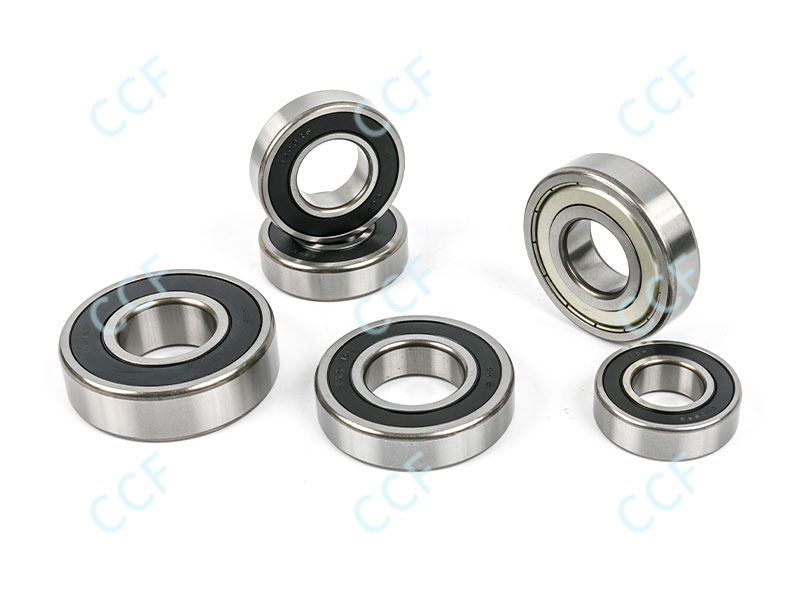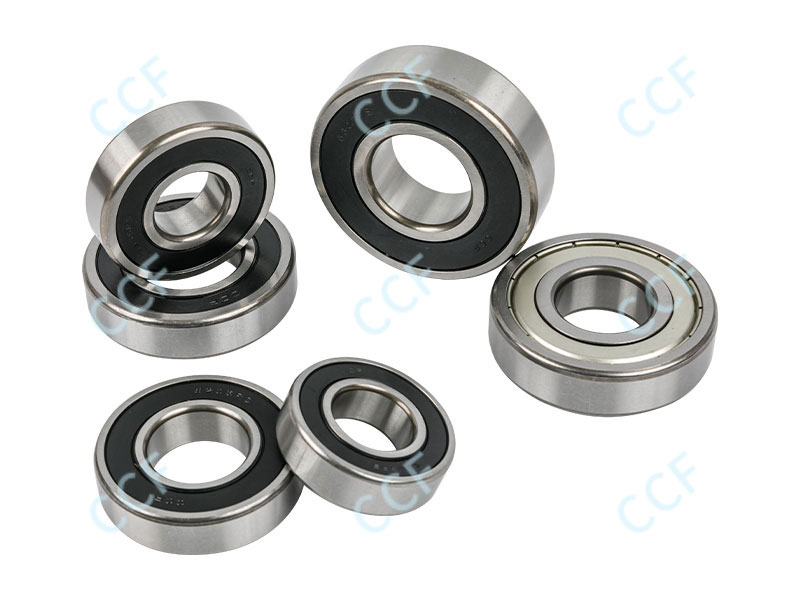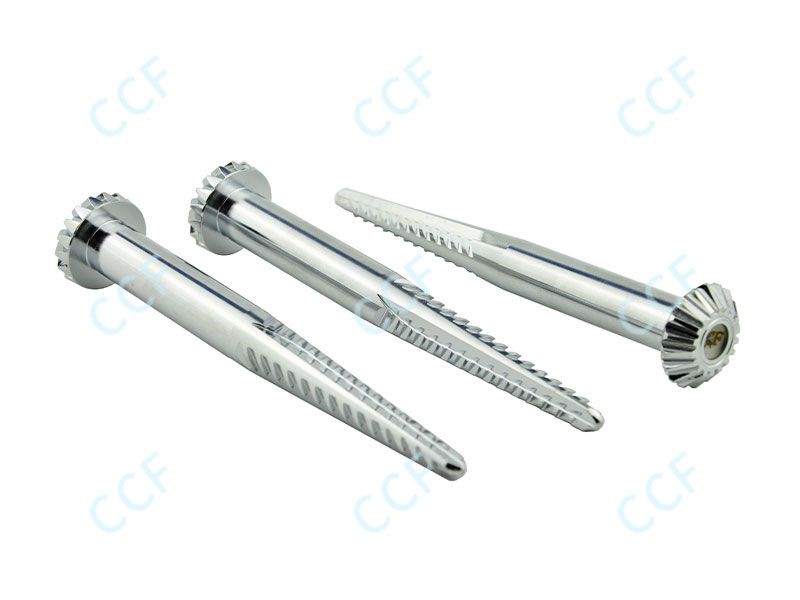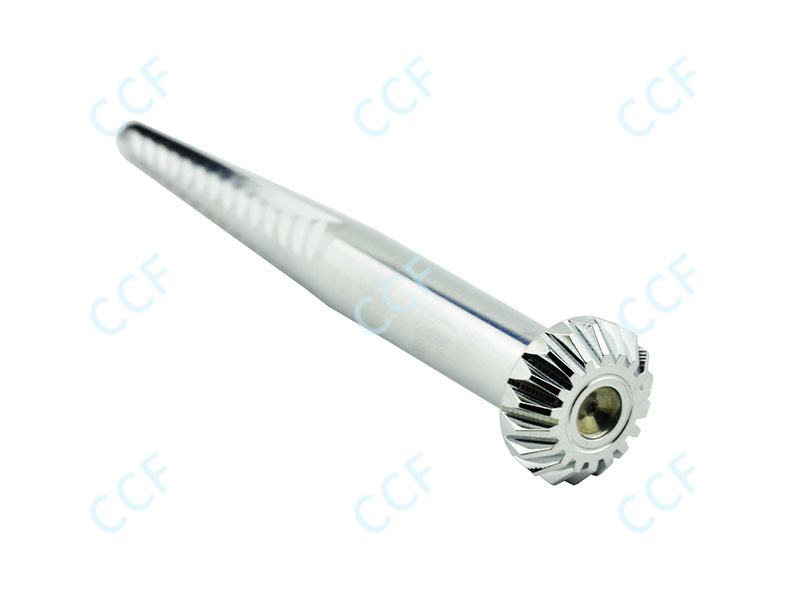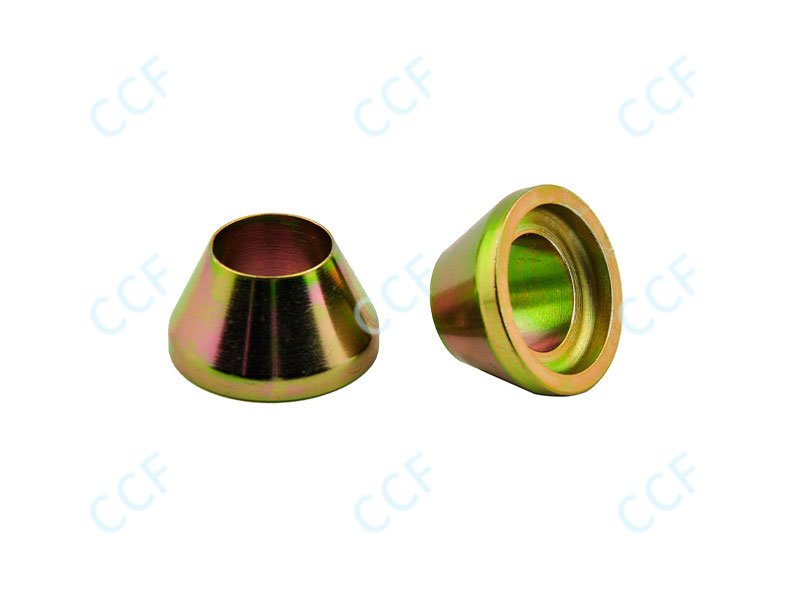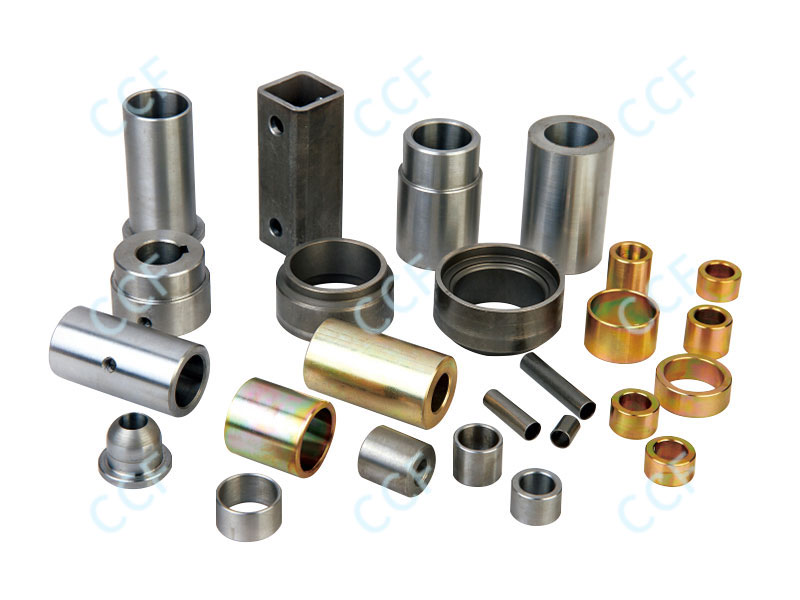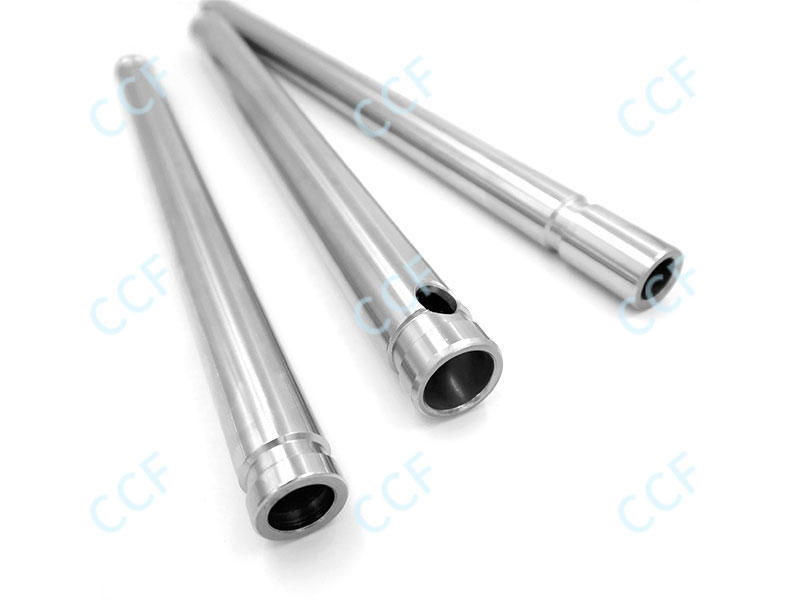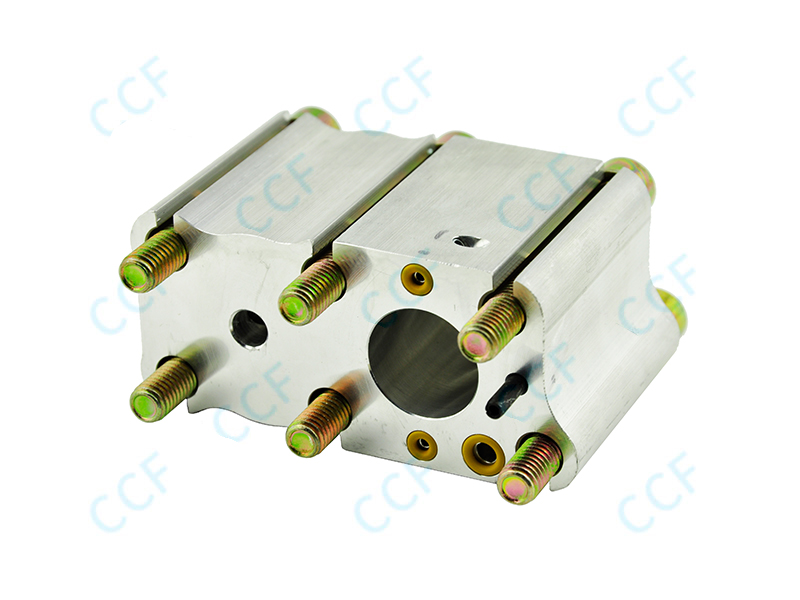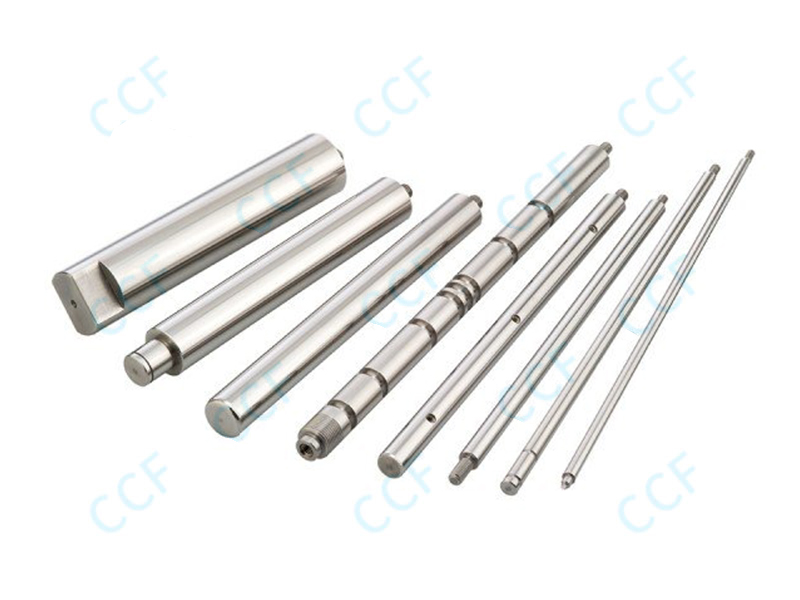Serious Bearings play a crucial role in various mechanical systems by reducing friction and enabling the smooth movement of components. Reduced friction is a key feature of high-quality bearings, and there are several factors and design elements that contribute to this characteristic:
Low Friction Materials: Bearings are typically made from materials with low friction coefficients. Common materials include steel, stainless steel, ceramic, and various polymers. The choice of material depends on the specific application and required performance characteristics.
Lubrication: Proper lubrication is essential for reducing friction in bearings. Lubricants such as oil or grease are used to create a thin film between the bearing surfaces, which reduces direct metal-to-metal contact and minimizes friction. Lubrication also helps dissipate heat generated during operation.
Ball or Roller Design: Bearings can have different designs, such as ball bearings or roller bearings. Ball bearings use balls to reduce friction, while roller bearings use cylindrical rollers. These rolling elements are designed to distribute the load and reduce contact points, minimizing friction.
Precision Manufacturing: High-quality bearings are manufactured with precision to ensure smooth and uniform surfaces. This reduces irregularities and imperfections that can lead to increased friction.
Seals and Shields: Bearings often have seals or shields to keep contaminants out and retain lubrication. These protective features help maintain the lubricant's effectiveness and reduce friction by preventing wear and contamination of the bearing surfaces.
Cage or Retainer:
Serious Bearings may include a cage or retainer that holds the rolling elements in place and maintains their proper spacing. This design feature helps prevent excessive friction and wear by ensuring that the rolling elements move smoothly.
Proper Alignment: Proper alignment of bearings within a system is essential for minimizing friction. Misalignment can cause uneven loading and increased friction, leading to premature wear and reduced efficiency.
Load Distribution: Bearings are designed to distribute loads evenly across their rolling elements. This even distribution of force helps prevent localized high-pressure points that can lead to increased friction and wear.
Preload: In some applications, preload is applied to bearings to maintain a slight internal load. This can help eliminate internal clearances, ensuring smooth operation and reducing the risk of backlash and friction.
Maintenance: Regular maintenance, including lubrication and inspection, is crucial to maintaining low friction in bearings. Over time, lubricants can degrade or become contaminated, leading to increased friction and wear.
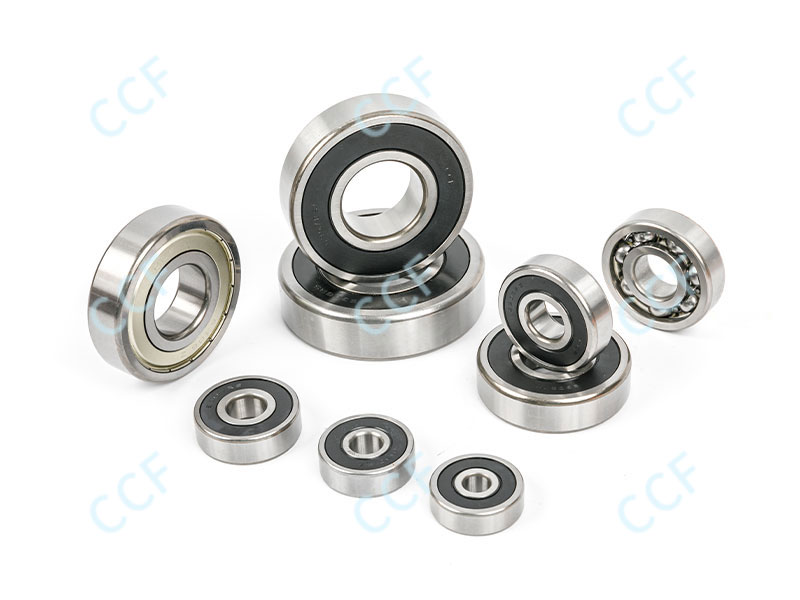 COTTON PICKER BEARINGS
COTTON PICKER BEARINGSThis bearing is part of the picker bar spindle drive shaft and is also used in the picking hanger assembly, and aftermarket needle roller bearing to suit Cotton Pickers.

